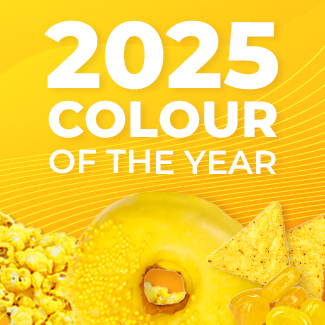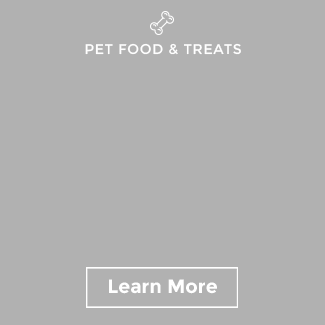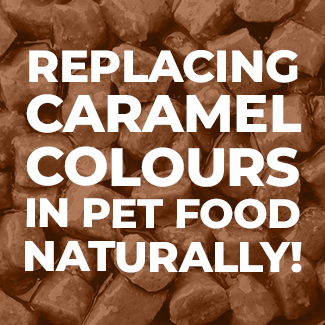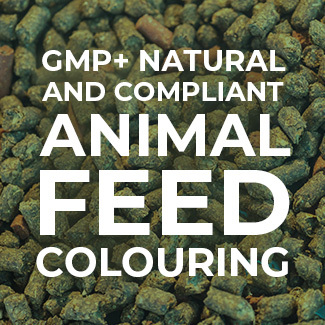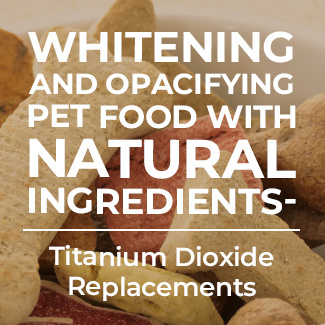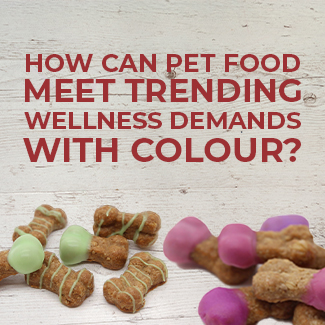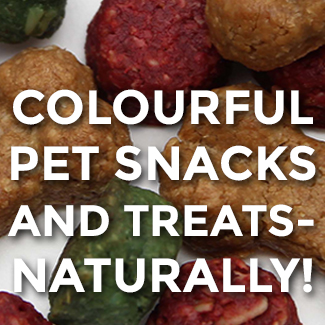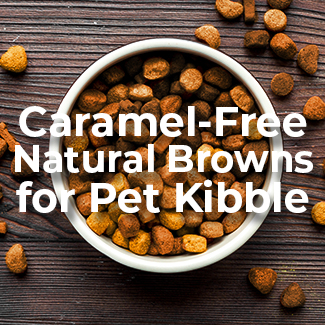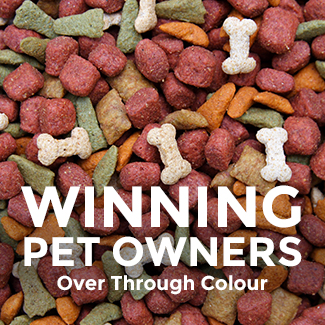The Humanization of Pets
- According to the American Pet Product Association, the pet business is projected to reach nearly $63 billion in 2016, up a substantial 25% since 2010
- 90% of Canadian pet owners agree that having a pet improves a person’s quality of life
- European pet owners are spoiling their pet children with snacks and treats, creating a growing problem of obese pets
- Over 60% of Europeans treat their pets with the same care they would treat a child
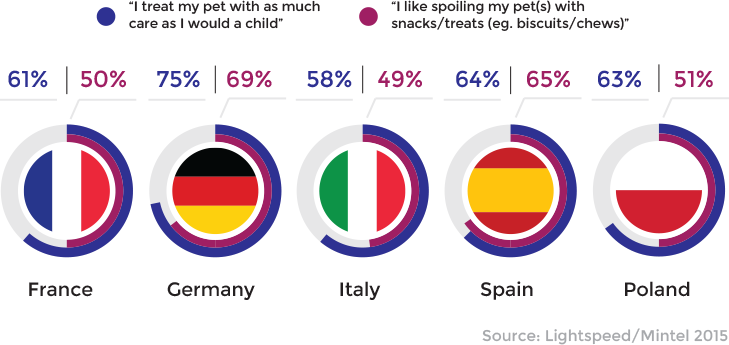
Recently, we are seeing a shift in pet owner attitudes about nature versus science when it comes to pet food purchases. Since most pet owners don’t really know their pets’ specific nutritional needs, historically they have favored brands that position themselves as “scientifically” formulated to optimize animal health.
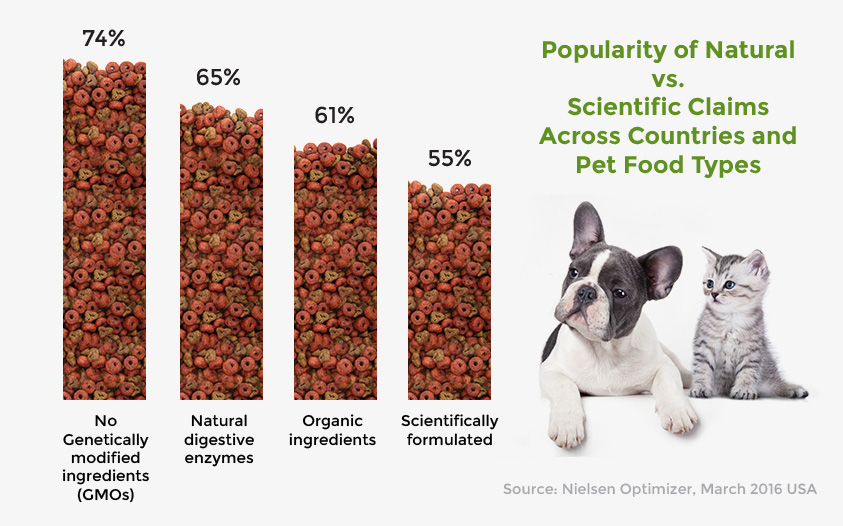
But consumers around the world are increasingly pursuing more natural ingredients in their own food purchases, and this is translating to the pet arena as well.
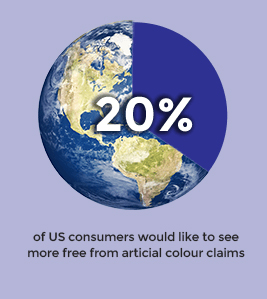
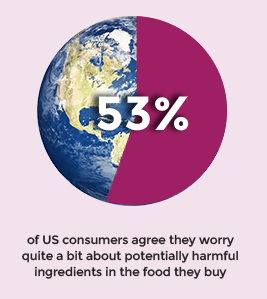
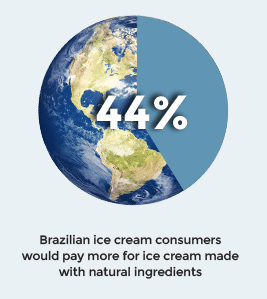
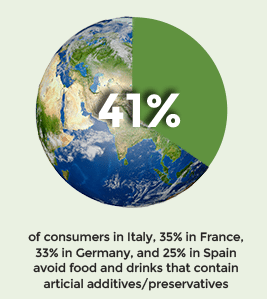
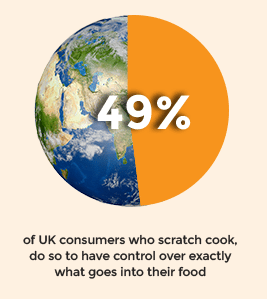
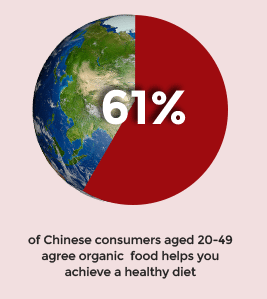
Source: Mintel 2015
Here are 5 Pet Food predictions for the next few years:
 INCREASED USE OF NATURAL COLOURS FROM PLANT SOURCES
INCREASED USE OF NATURAL COLOURS FROM PLANT SOURCES
In the past few years, we have seen a large increase in the use of natural colours in pet treats and snacks. In regions like Europe, colours from natural sources are already standard in human food products. The trend is spreading to North America and emerging markets like China rapidly, and I would expect it will migrate over to kibble launches quickly. Additionally, the human food brands conversion to colouring foods in Europe and consumer preference for plant-based natural colours in North America is likely to influence pet owners looking to provide the same benefits to their four legged family member.
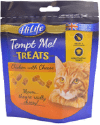 PROVENANCE WILL MATTER MORE
PROVENANCE WILL MATTER MORE
The big pet food recall in 2007 still terrifies many owners. When you consider pet “parents” are not consuming the same food, it is easy to understand why hesitation still exists when it comes to making a purchase selection. A “Made Domestically” claim can be powerful, and we expect brands who are sourcing ingredients locally to leverage this advantage successfully.
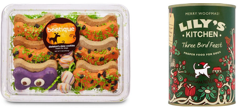 SEASONAL OR LIMITED TIME ONLY OFFERINGS
SEASONAL OR LIMITED TIME ONLY OFFERINGS
If a pumpkin spice latte is the perfect break in a hectic day for us, then why not a Christmas biscuit for Fido? Seasonal in-and-out line extensions are an appealing way for pet food manufacturers to cut through the clutter and gain additional impulse purchases. In some human categories like chocolate confection, much of total growth is being driven by such launches, and I would expect to see more in the pet aisle.
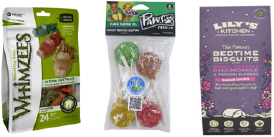 ONGOING INNOVATION IN PET SNACKING
ONGOING INNOVATION IN PET SNACKING
With offerings such as sweet potato chips, beef hide lollipops, and vegetable chews, pet snacks are increasingly resembling human snacks and indulgences in both form and occasion. The increase in pet snacking sheds some light on pet obesity problems , but, nevertheless, expect more snack delights for pets to come.
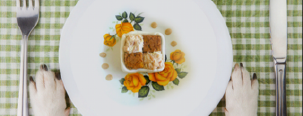 SPECIAL OCCASIONS FOR PETS
SPECIAL OCCASIONS FOR PETS
On the more fun side is an emerging trend taking place at local boutiques and restaurants to create special moments and occasions for the more doting pet owners. Bluebird, a London restaurant, launched a limited time pop-up restaurant “Bites and Bones” for dogs. On the menu was a three course puppy centric brunch. We expect to see more special occasion events designed to capitalize on the humanization trend.
The Food Safety Challenge
When it comes to ingredients overall, and natural colours in particular, navigating the various regulatory requirements on a global scale can be daunting. Currently, there is little consistency from region to region as each has their own regulatory body in place. Sensient’s global footprint helps us stay up to date with the changing rules and regulations and ensures our solutions are compliant with local requirements.
It is an exciting, albeit challenging time to be in the food industry. Change brings about opportunity, especially from a global perspective.






